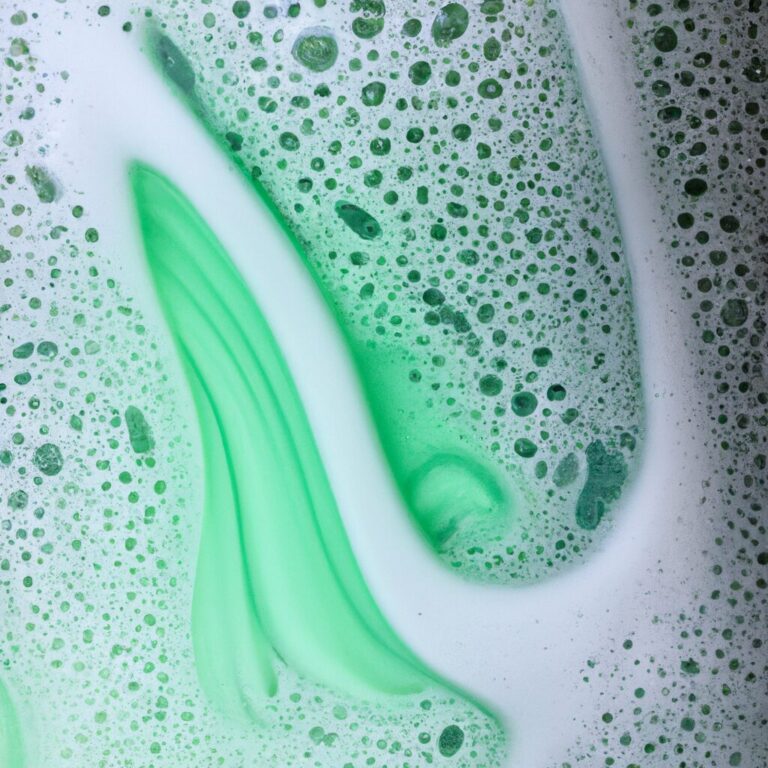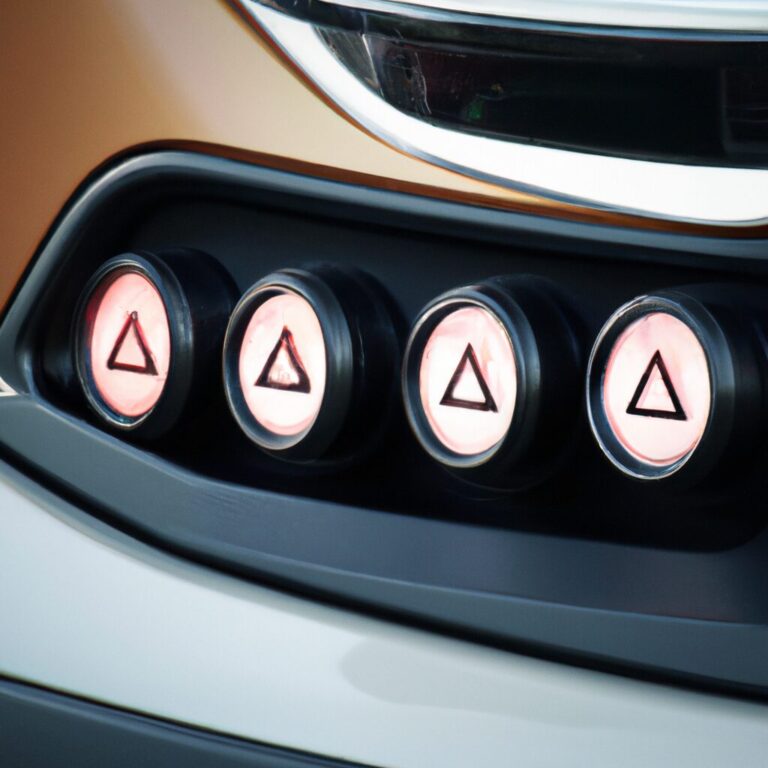Expert Tips for Classic Car Windshield Repair
Expert Tips for Classic Car Windshield Repair: Learn how to effectively repair the windshield of your classic car with these expert tips to ensure a seamless and long-lasting fix.
Essential Tools For Windshield Repair
When it comes to classic car windshield repair, having the essential tools at your disposal is crucial for achieving professional-quality results. From choosing the right resin to understanding the importance of UV light, razor blades, and cleaning tools, each aspect plays a vital role in the repair process. In this section, we will delve into the key tools required for windshield repair and their significance in restoring the integrity of classic car windshields.
Choosing The Right Resin
Choosing the right resin is essential for ensuring a successful windshield repair. Different types of resin are available, each designed for specific repair needs. The resin should have flow properties suitable for filling cracks and chips effectively. Opting for a high-quality resin that is formulated for durability and clarity is crucial in achieving lasting results.
Importance Of Uv Light, Razor Blades, And Cleaning Tools
UV Light: The use of UV light is imperative for curing the resin and achieving a strong bond. This light helps in hardening the resin, ensuring it forms a solid and durable repair.
Razor Blades: Razor blades are essential for leveling the resin and removing any excess material. They aid in achieving a smooth and uniform finish, essential for maintaining the clarity and structural integrity of the windshield.
Cleaning Tools: Proper cleaning of the damaged area is crucial before applying the resin. Using quality cleaning tools to remove any debris, dirt, or loose glass particles ensures a clean surface for the resin to bond effectively, preventing contamination and enhancing the repair’s longevity.

Credit: m.facebook.com
Common Windshield Issues
Classic cars have always been an epitome of style and elegance. However, as these vintage beauties age, they are prone to several windshield issues that could affect their overall appeal. Proper identification and understanding of these common windshield issues are essential for their timely repair and preservation. In this section, we will delve into two primary concerns: cracks and chips identification, and glass delamination.
Cracks And Chips Identification
Cracks and chips are frequent annoyances faced by classic car owners. Identifying these issues on your windshield is the first step towards repair and prevention of further damage. Here are some key points to keep in mind:
- Examine the windshield from both the inside and outside to ensure a comprehensive evaluation of any cracks or chips.
- Pay close attention to the size, shape, and location of the crack or chip as it helps determine the severity and suitable repair method.
- Note that cracks longer than 3 inches, multiple cracks, or chips larger than a quarter typically require professional intervention for effective repair.
- Use a magnifying glass if needed to inspect smaller cracks or chips, as they might not always be visible to the naked eye.
- Act promptly when you notice any crack or chip as delaying the repair can lead to further damage that may require a costly windshield replacement.
Understanding Glass Delamination
Glass delamination is another common issue classic car owners may encounter. It refers to the separation of the windshield’s glass layers, which can compromise its structural integrity and impact visibility. To better grasp this concern, consider the following:
- Inspect the windshield for signs of cloudy patches or small bubbles, particularly around the edges.
- Be aware that glass delamination can result from prolonged exposure to harsh weather conditions, poor manufacturing quality, or aging of the adhesive layer.
- Comb through the glass surface using your finger to detect any rough patches or flaking areas, as these indicate delamination.
- Address glass delamination promptly to prevent potential hazards, such as reduced impact resistance during collisions or impaired visibility.
Understanding these common windshield issues helps you become more proactive in their timely detection and repair. By taking swift action and seeking professional assistance when required, you can preserve the aesthetic appeal and structural integrity of your classic car’s windshield for years to come.
Step-by-step Repair Process
When it comes to classic car windshield repair, following a step-by-step process is crucial for a successful outcome. This ensures that the repair is done properly and prevents further damage to the windshield. In this blog post, we will guide you through the step-by-step repair process, covering important preparation and safety measures, filling and curing the resin, and the final polishing and inspecting phase.
Preparation And Safety Measures
Before you begin the windshield repair, it’s important to take certain preparation and safety measures to ensure a smooth and safe process. Follow these steps:
- Clean the damaged area with a glass cleaner and a lint-free cloth.
- Protect the surrounding area with masking tape or plastic sheeting to avoid any accidental damage.
- Put on safety gloves and safety glasses to protect your hands and eyes.
- Ensure that the repair is done in a well-ventilated area to avoid inhaling any harmful chemicals.
Filling And Curing The Resin
Once the preparation is complete, it’s time to move on to the filling and curing process. Follow these steps:
|

|
Final Polishing And Inspecting
After the resin has been cured, it’s time for the final polishing and inspecting phase. Follow these steps:
- Apply a small amount of polishing compound to a clean microfiber cloth.
- Buff the repaired area in circular motions until the surface is smooth and polished.
- Inspect the repaired area closely for any remaining imperfections or bubbles. If necessary, repeat the filling and curing process.
- Once you’re satisfied with the repair, clean the entire windshield with a glass cleaner and a lint-free cloth to remove any residue.
Following these step-by-step instructions ensures that your classic car windshield repair is done correctly and effectively. Remember to prioritize safety at all times and consult a professional if you encounter any difficulties.

Credit: www.behance.net
Preventive Maintenance Tips
In order to preserve the integrity of your classic car’s windshield, it’s crucial to keep up with preventive maintenance. By following the expert tips below, you can maintain the condition of your windshield so that it serves you well for years to come.
Proper Cleaning Techniques
When it comes to the cleaning process, it’s essential to use gentle, non-abrasive cleaners and soft cloths. Avoid harsh chemicals and sharp scraping tools that might scratch the surface. Always opt for specialized glass cleaners instead of multipurpose cleaning products that may contain chemicals harmful to glass.
Avoiding Extreme Temperatures
To prevent cracks and chips, be mindful of exposing your classic car’s windshield to extreme temperature changes. Sudden shifts from hot to cold or vice versa can put immense stress on the glass, leading to potential damage. Park in shaded areas whenever possible and consider using sunshades during hot weather to mitigate temperature fluctuations.
When To Seek Professional Help
When to Seek Professional Help: If you notice severe windshield damage or intricate issues beyond your skills, it’s wise to consult a professional. Their expertise can ensure a safe resolution.
Recognizing Complex Damage Signs
Cracks exceeding 12 inches or chips larger than a quarter indicate complex damage. Spiderweb patterns, deep pits, or cracks near the windshield edges also require professional attention.
Benefits Of Professional Repair
- Guaranteed expertise in handling intricate repairs
- Quality materials and tools for durable solutions
- Precise evaluation of damage to prevent further issues
- Timely service to ensure quick restoration of your classic car

Credit: www.amazon.com
Frequently Asked Questions For Expert Tips For Classic Car Windshield Repair
How Do You Get A Crystal Clear Windshield?
To get a crystal clear windshield, regularly clean it with a mixture of vinegar and water. Use a microfiber cloth for streak-free results.
How Do You Remove Haze From Outside Windshield?
To remove haze from the outside windshield, use a glass cleaner and a microfiber cloth. Spray the cleaner on the windshield and wipe it in a circular motion with the cloth. Repeat the process if needed for a clear and streak-free windshield.
What Is The Best Windshield Repair Kit?
The best windshield repair kit is one that effectively fixes chips and cracks. Look for a kit that includes a resin-based repair solution, a syringe for applying the resin, and clear instructions. Ensure the kit is compatible with your windshield type for optimal results.
What Is A Bullseye Windshield Chip?
A bullseye windshield chip is a circular break in the glass caused by an impact. It is a common type of windshield damage that can impair visibility and compromise the structural integrity of the windshield. Prompt repair is recommended to prevent further spreading and avoid the need for a full windshield replacement.
Conclusion
Classic car windshield repair requires the expertise and finesse of skilled professionals to ensure the preservation and authenticity of these timeless vehicles. By adhering to the expert tips outlined in this blog post, classic car owners can effectively address windshield damage and maintain the integrity of their cherished automobiles for years to come.


